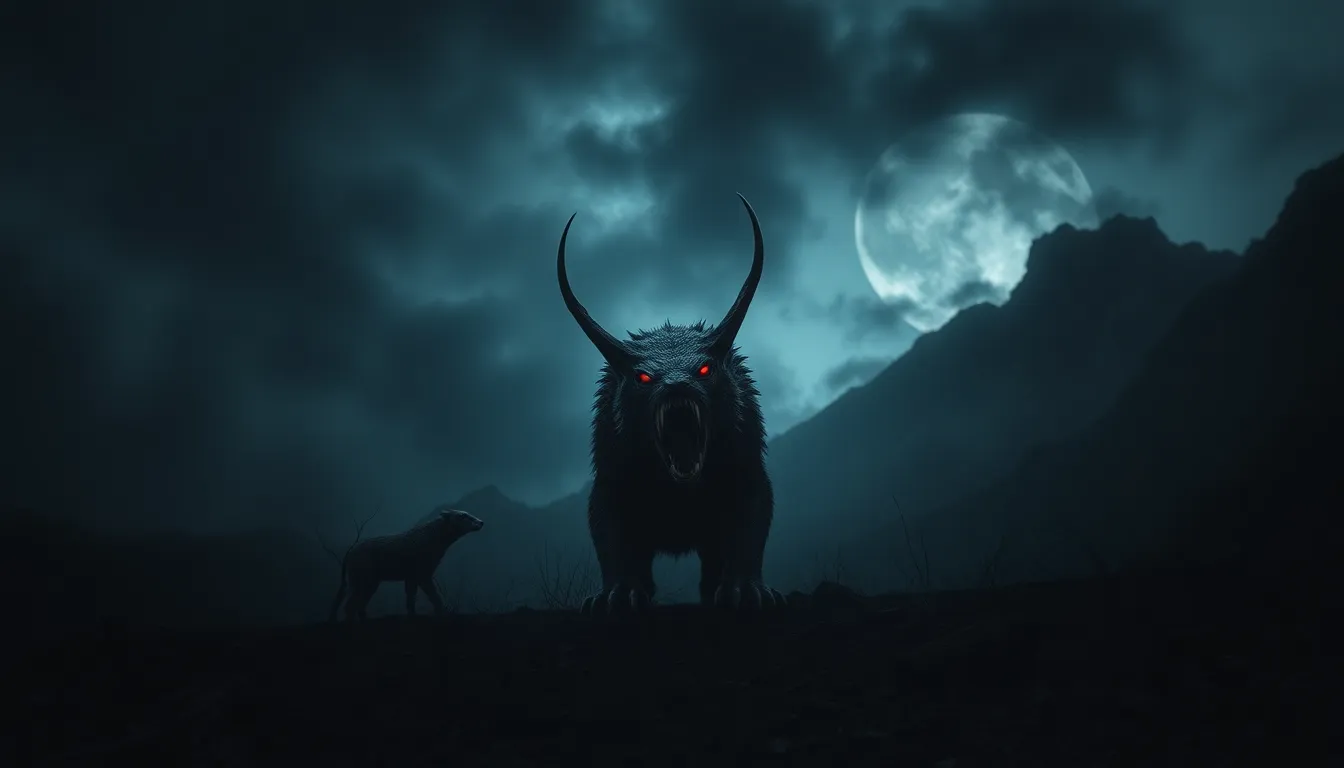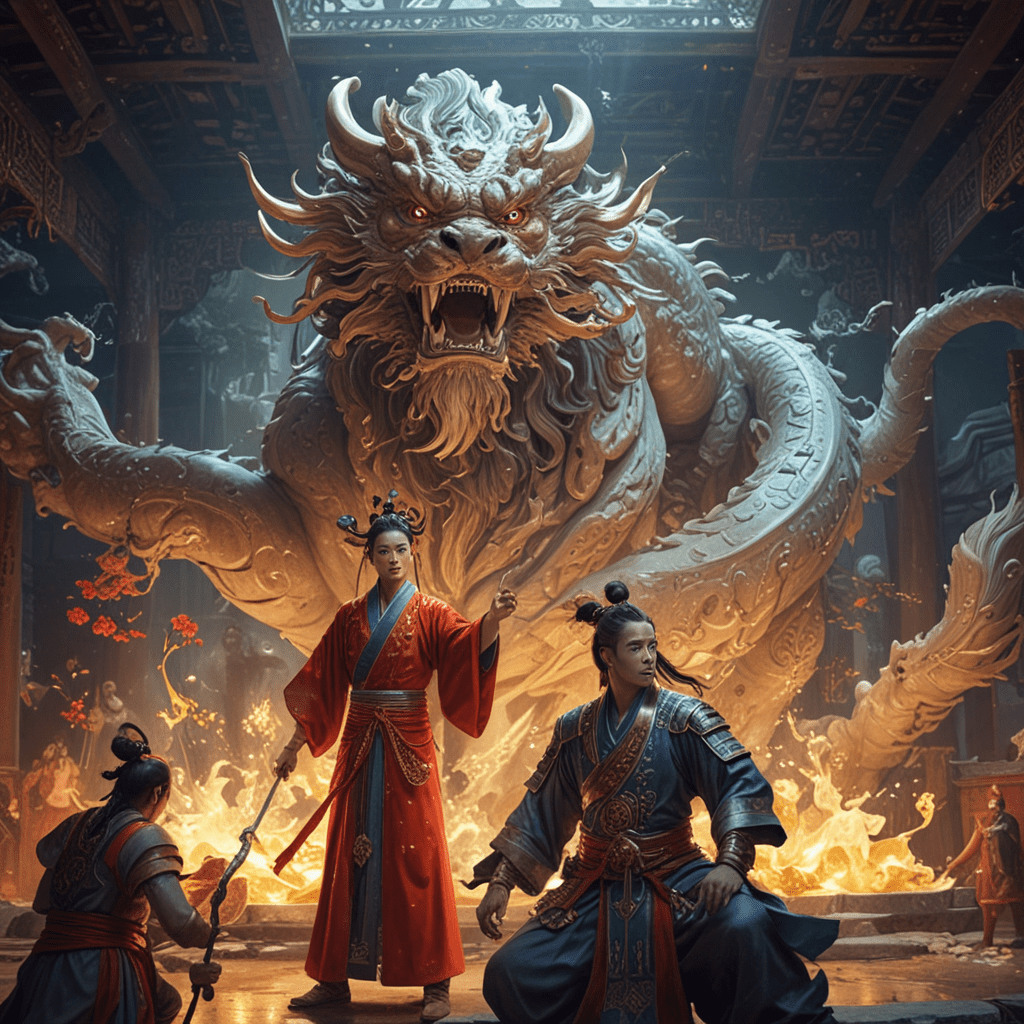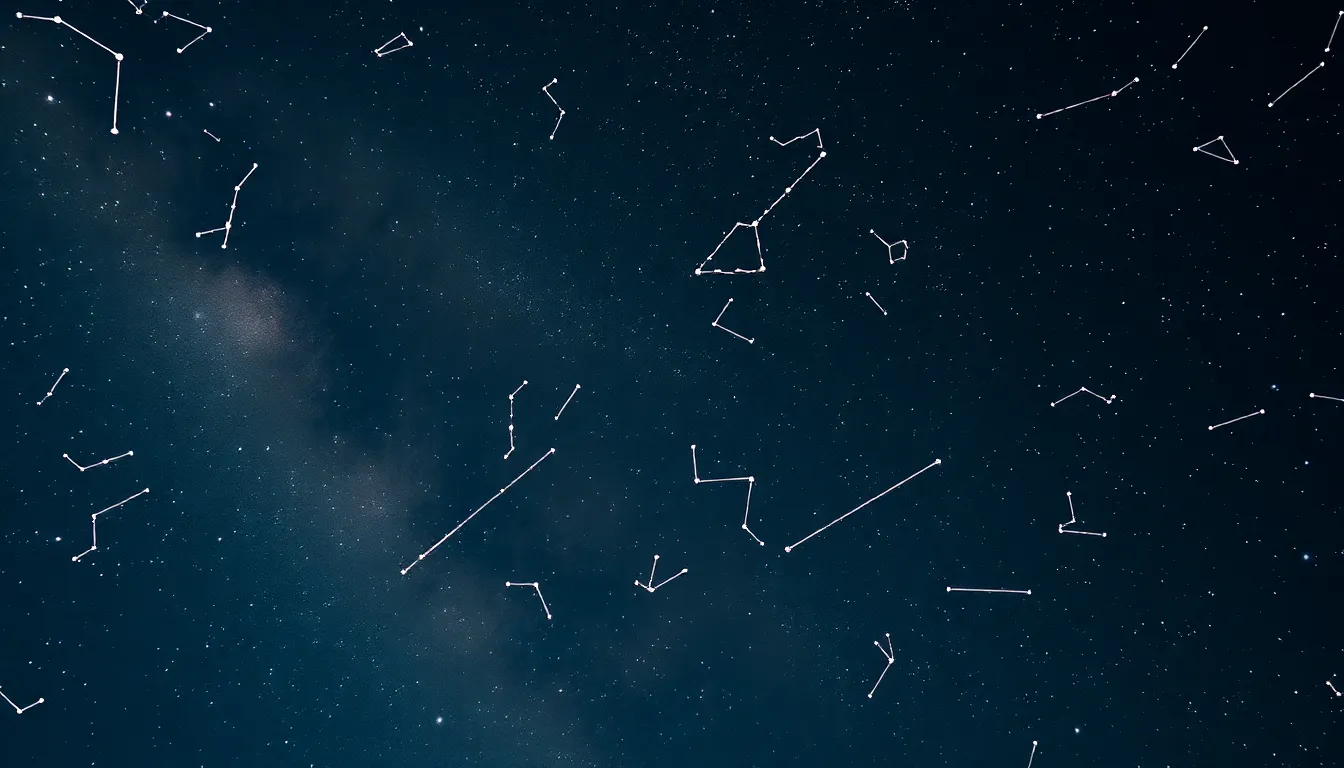When Love Becomes Legend: Myths That Immortalized Romance
I. Introduction
Romance has always held a special place in mythology and folklore, serving as a powerful narrative that transcends time and culture. These stories often explore the complexities of love, sacrifice, and the human condition, creating a tapestry of emotions that resonate with audiences across generations. The importance of love stories in cultural narratives cannot be overstated; they reflect societal values, ideals, and the universal quest for connection.
This article delves into the legendary romances that have become immortalized through myth and storytelling, examining their origins, cultural variations, and enduring legacy.
II. The Origins of Romantic Myths
Love stories have existed since ancient times, woven into the fabric of humanity’s earliest cultures. From epic poems to oral traditions, these narratives served not only as entertainment but also as a means of preserving history and teaching moral lessons.
Key elements that define a romantic myth often include:
- Star-crossed lovers
- Conflict and adversity
- Divine intervention or fate
- The transformative power of love
These themes resonate deeply with human experiences, making them timeless and relatable.
III. Iconic Legendary Romances
A. Tristan and Isolde
The legend of Tristan and Isolde is a poignant tale of love and tragedy that dates back to medieval literature. Tristan, a knight, falls in love with Isolde, the fiancée of his uncle, King Mark. Their affair leads to a series of conflicts, ultimately resulting in heartbreak and death.
Themes of love and tragedy permeate this story, illustrating the often-painful consequences of desire and loyalty.
B. Romeo and Juliet
Shakespeare’s “Romeo and Juliet” has become synonymous with young love and tragic fate. The story of two star-crossed lovers from feuding families captures the essence of youthful passion and societal constraints. Shakespeare’s influence on the myth is profound, as his portrayal of love challenges the norms of loyalty and family allegiance.
Romeo and Juliet’s narrative reflects societal norms, such as the expectations of family honor and the consequences of entrenched rivalries, making it a powerful commentary on love and conflict.
C. Orpheus and Eurydice
The myth of Orpheus and Eurydice explores the depths of love and loss. Orpheus, a gifted musician, descends into the Underworld to retrieve his beloved Eurydice, who has died. His journey emphasizes the lengths one will go for love and the fragility of life.
This myth has had a significant impact on art and literature, inspiring countless adaptations and interpretations across various media, symbolizing the eternal struggle against loss.
IV. Cultural Variations of Romantic Myths
Love stories manifest differently across cultures, each echoing the unique values and beliefs of its society. Some notable examples include:
- The Tale of Hades and Persephone (Greek) – A story of love that transcends the boundaries of life and death, highlighting themes of seasonal change and renewal.
- Layla and Majnun (Persian) – A classic tale of unrequited love that explores the depths of longing and madness, often seen as a metaphor for spiritual love.
- Pygmalion and Galatea (Roman) – This myth tells of a sculptor who falls in love with a statue he created, exemplifying the power of love to bring life to inanimate objects.
Despite their differences, these stories share common themes of love’s power, the struggle against external forces, and the transformative nature of relationships.
V. The Role of Fate and Destiny in Love Legends
Fate often plays a crucial role in shaping the course of legendary romances. Many myths highlight the tension between free will and predetermined destiny, suggesting that while individuals may strive for love, greater forces are at play.
Examples include:
- Romeo and Juliet’s ill-fated love, dictated by their families’ feud.
- Orpheus’s tragic journey, thwarted by a single glance back at Eurydice.
- Tristan and Isolde’s love, marked by betrayal and tragic consequences.
VI. Love as a Catalyst for Change
Legendary romances often inspire social and cultural movements. They challenge societal norms and provoke discussions about love, gender roles, and relationships.
Some notable impacts include:
- The questioning of arranged marriages and the pursuit of romantic love.
- Advocacy for women’s rights and equality, as seen in the portrayal of strong female characters in myths.
- Influence on modern interpretations of love that prioritize personal choice over societal expectations.
VII. The Transformation of Love Myths in Modern Media
Adaptations of legendary romances in film and literature have transformed these stories for contemporary audiences. Modern retellings often alter original narratives to reflect current values and social issues.
Social media has further influenced the retelling of love stories, allowing for diverse interpretations and participatory storytelling. Platforms like TikTok and Instagram provide spaces for individuals to share their own romantic experiences, drawing inspiration from these timeless myths.
VIII. Psychological and Philosophical Perspectives on Love Myths
The significance of love in human psychology is profound. Love myths shape our understanding of relationships, attachment, and emotional fulfillment. They serve as a framework for exploring the complexities of human emotions.
Philosophical interpretations of romantic ideals often delve into questions of existence, purpose, and the nature of happiness. Myths provide a lens through which we can examine our beliefs about love and its role in our lives.
IX. The Enduring Legacy of Love Myths
Love myths continue to resonate today, influencing everything from literature and film to our personal relationships. Their enduring legacy speaks to the universal nature of love and the shared human experience of longing, loss, and connection.
As we explore these ancient tales, we find not only reflections of our own lives but also the timeless truths about the power of love to inspire, transform, and endure.




